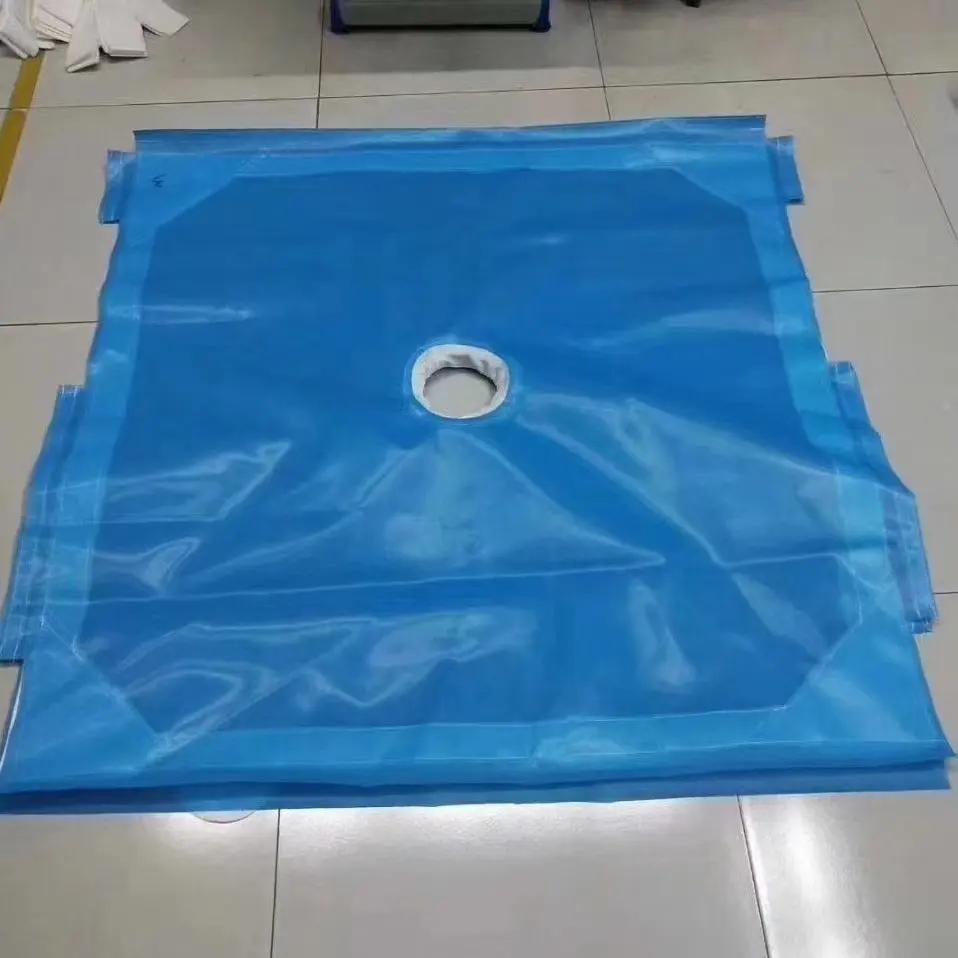In industrial applications, air permeability is a crucial factor when selecting filter cloths, particularly for those made from nylon monofilament filter cloth.

What is Air Permeability?
Air permeability refers to the ease with which air can pass through a fabric. In the context of filter cloths, higher air permeability allows for greater airflow, which translates to faster filtration times and potentially higher throughput.
Factors Affecting Air Permeability of Nylon Monofilament Filter Cloths
Several factors influence the air permeability of nylon monofilament filter cloths:
- Fiber Diameter: Thinner fibers create larger open areas within the fabric, resulting in higher air permeability.
- Weave Pattern: The weave pattern, such as plain weave or twill weave, affects the distribution of open space within the cloth and consequently, air permeability.
- Fabric Weight: Heavier fabrics, with more material per unit area, tend to have lower air permeability.
- Mesh Size: The size of openings in the mesh directly impacts air permeability. Larger openings allow for more air to pass through.
Measuring Air Permeability: The Frazier Air Permeability Test
The standard method for measuring air permeability in filter cloths is the Frazier Air Permeability test (ASTM D737). This test measures the cubic feet per minute (CFM) of air that can pass through a specific area of fabric under a set pressure differential. Higher CFM values indicate greater air permeability.
Benefits of High Air Permeability in Nylon Monofilament Filter Cloths
- Faster Filtration Rates: Increased air permeability allows for faster processing times, boosting productivity.
- Reduced Energy Consumption: Lower air resistance translates to less energy required for air to pass through the filter, leading to potential cost savings.
- Improved Cake Release: High air permeability can facilitate easier cake release from the filter cloth, simplifying cleaning and filter regeneration.
Choosing the Right Nylon Monofilament Filter Cloth: Balancing Permeability and Filtration Efficiency

While high air permeability offers advantages, it’s essential to consider the trade-off with filtration efficiency. Fabrics with very high air permeability may allow smaller particles to pass through, compromising filtration effectiveness. Selecting the ideal filter cloth involves finding the right balance between air permeability and the desired particle capture size.
Typical Air Permeability Ranges for Nylon Monofilament Filter Cloths
| Mesh Size (microns) | Fabric Weight (oz/yd²) | Typical Air Permeability (CFM) |
|---|---|---|
| 75 | 4 | 200-300 |
| 100 | 5 | 150-250 |
| 150 | 6 | 100-200 |
| 200 | 7 | 80-150 |
Conclusion
Understanding air permeability and its measurement is crucial for selecting the optimal nylon monofilament filter cloth for your application. By considering factors like fiber diameter, weave pattern, fabric weight, and mesh size, you can choose a filter cloth that balances air permeability with the desired level of filtration efficiency, optimizing your industrial filtration process.
